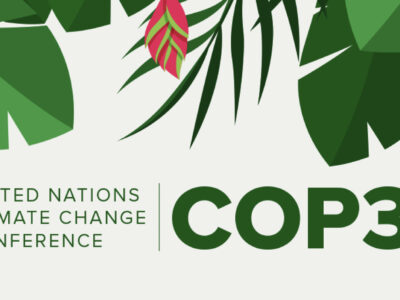Sidney Hemming, a geochemist at Columbia University’s Lamont-Doherty Earth Observatory, is ready to dig in, literally and figuratively. Word this week that she has been awarded a 2021 Guggenheim Fellowship was both a thrill and an inspiration for her next big project. The fellowship coincides with a sabbatical that begins in the coming academic year. Hemming, also a professor at Columbia’s Department of Earth and Environmental Sciences, is ready to take on a foundational planetary question.
I spoke with Hemming about the prize, her fellowship project, and her long Lamont career.

You started your career at Lamont as a postdoctoral researcher working with the famous climate scientist Wally Broecker back in 1994. How does this latest honor measure up in the context of your career experiences?
This is a big deal for me. I don’t have any previous honor quite like this. It really is exciting. I’m a little bit embarrassed but very excited.
According to the John Simon Guggenheim Memorial Foundation, the fellowships are offered “to exceptional individuals in pursuit of scholarship in any field of knowledge and creation in any art form, under the freest possible conditions.” What will you do with this opportunity?
I want to make it an opportunity to do a thorough review about what’s known about the interval between the Pliocene [5.3 million to 2.6 million years ago] and Pleistocene [2.6 million to 10.000 years ago]—during which a succession of glacial and interglacial climatic cycles occurred. It is really like a detective project. I haven’t [yet] studied that interval myself, but on our 2019 expedition cruise to the area between the Antarctic peninsula and South America called Iceberg Alley, we got some really extraordinary records. I’m most interested in three sites we drilled closest to Antarctica.
I want to analyze these samples and deeply study all that’s been written and what’s already known about this time period. Scientists had believed that the ice ages in the northern and southern hemispheres happened at the same time. That was before early deep-sea drilling in the Ross Sea revealed the glaciations in Antarctica began much earlier. Now it’s known that Antarctica’s glaciation started 34 million years ago and the northern hemisphere’s started 2.6 million years ago. That’s a big difference in the time scale of the formation. This was a big climate change when the northern hemisphere glaciation started. I want to understand the context of Antarctica’s response to the northern hemisphere glaciation. It’s a wide open question.
What would be the implication of better defining if and how Antarctica changed in response to the northern hemisphere glaciation? Would it help us understand future climate change?
Broadly, these questions—is Antarctica responding to North Atlantic deep water overturning or [is the planet] responding to southern winds—has pretty important implications for future climate. So, while it’s not a “surgical strike” investigation into future climate, it would provide a broad context of the kind of parameters that are controlling the big picture.
What are you most proud of about your work so far?
I’m an analytical geochemist. I work at developing approaches to making measurements. It’s the kind of thing that might not grab a lot of attention right away, but makes a real difference in the future.



